3.Pop music in the later 50's/La Pop vers la fin des années 50.
| In 1955, something was happening in America, something was
moving. Swing and country were beginning to rock! It was Bill Haley
and the Comets who were beginning to set alight the youth of America
with 'Rock
around the Clock' and the world would soon follow. Was
this just cleaned up blues for white folk, or was it something else;
some sort of hybrid music that crossed racial boundaries. There was Gene Vincent
too with his 'Be-bop-a-Lula'
rockabilly hit in 1956; things start getting more physical and people
start to move around. Little
Richard's
there as well with 'Long
Tall Sally', this is really wild music:
this is Rock and Roll. 1957 saw Fats Domino and 'Blueberry Hill' and showed us that R&B could be a winner too, a lovely smile goes a long way and sweet rhythmic music takes you even further! Then something happened at Memphis, something rather special that would revolutionize Pop music. Elvis Presley had started recording a long succession of hits like 'Heartbreak Hotel', 'Don't be Cruel', 'Love me Tender' and 'Hound Dog' in 1956 and 'All Shook Up', 'Jail house Rock' and 'Treat me Nice' in 1957. The success continued in '58 and '59. Although Sun Records quickly sold their Elvis contract to RCA, the other Sun Records conscripts were doing pretty good: Johnny Cash with 'I Walk the Line' and 'Folsom Prison Blues', Jerry Lee Lewis with 'A Whole Lot of Shaking Going On' and 'Great Balls of Fire' and the fabulous Carl Perkins with 'Blue Suede Shoes' in 1956, re-recorded by Elvis but with less success at the time. |
Quelque chose se passait aux USA en 1955, ça bougeait! Le 'Swing' et le 'Country' commençaient à 'rocker'! Les jeunes d'Amérique ont été allumés par Bill Haley avec 'Rock Around the Clock'. Bientôt le monde suivrait. Est-ce que cette nouvelle musique était une version édulcorée du blues pour les blancs ou peut-être une sorte de musique hybride qui traverserait les frontières ethniques. En 1956, Gene Vincent sortait son tube 'Be-Bop-a-Lula', du 'rockabilly'. C'était plus physique, les gens commençaient à gigoter. Little Richard était présent aussi avec 'Long Tall Sally'. Cette musique est délirante, c'est du Rock and Roll! En 1957, Fats Domino nous montrait avec 'Blueberry Hill' que le R&B pouvait être gagnant aussi: un joli sourire est un grand atout, la musique douce et rythmique pouvait l'être encore plus! A Memphis aussi il se passait quelque chose, quelque chose de spécial qui révolutionnerait la musique pop. Elvis Presley avait commencé à enregistrer une longue série de tubes; 'Heartbreak Hotel', 'Don't be Cruel', 'Love me Tender' et 'Hound Dog'. En 1957, ''All Shook Up', 'Jail House Rock' et 'Treat me Nice' suivirent. Son succès continuât en '58 et '59. 'Sun records' vendit rapidement son contrat à RCA mais leurs autres conscrits avaient pas mal de succès; Johnny Cash avec 'I Walk the Line' et 'Folsom Prison Blues', Jerry Lee Lewis avec 'Great Balls of Fire' et le fabuleux Carl Perkins avec 'Blue Suede Shoes', ré-enregistré par Elvis mais avec moins de réussite à l'époque. |
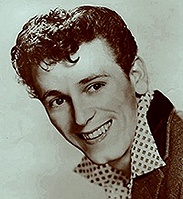
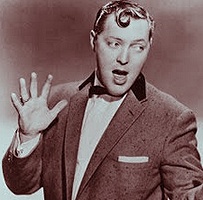


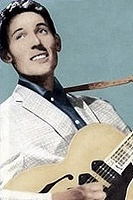

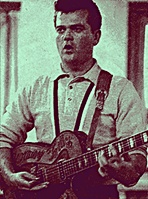
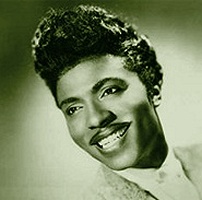
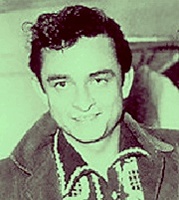
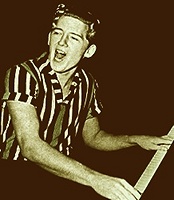

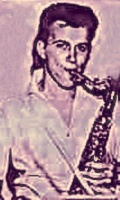
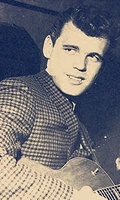


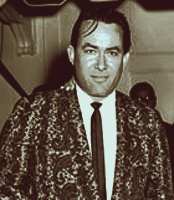
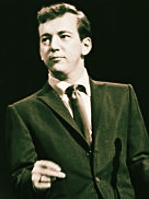
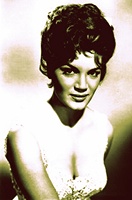
| Another nearby town,
Nashville, was pretty active too!? The
Everly Brothers had great hit records with 'Bye
Bye Love' in 1957
and 'Bird Dog'
in 1958. Conway Twitty had a
smash hit with 'It's
only
Make Believe' in 1958 and Don Gibson had an
enormous success the same
year with 'Oh
Lonesome Me'. The end of the decade was noted for some remarkable instrumental titles from Johnny and the Hurricanes with 'Red River Rock', 1959(sax) and Duane Eddy, who 'twanged' those bottom strings on his guitar, had 'Rebel Rouser' in 1958. Other notable pop artists from that period, Buddy Holly and the Crickets( That'll be the Day, Peggy Sue-1958), Eddie Cochran(Summertime Blues-1958), Chuck Berry(Maybellene-1955, Roll Over Beethoven-1956, Rock'n'Roll Music-1957, Sweet Little Sixteen-1958, amongst others), Paul Anka(Diana-1957) and Bobby Darin(Dream Lover- 1958). Not any feminine note in this revue for the moment, but Connie Francis deserves a mention with 'Who's Sorry Now' and 'Stupid Cupid' in 1958 and 'Lipstick on your Collar' in 1959. However, there were some remarkable female blues singers during this period, Ella Fitzgerald, Sarah Vaughan, Dinah Washington and Billie Holiday amongst others, but that is another story. Ballad singers hadn't had their last say either thanks to The Platters(The Great Pretender), Perry Como(Catch a Falling Star), Tony Bennett(Stranger in Paradise), Pat Boone(Love Letters in the Sand) and many other artistes who had risen to fame in the early 50's and continued to be successful. Next time: British Pop in the later 50's. |
Dans
une autre ville tout près, Nashville, il y avait pas mal d'activité
aussi! 'The
Everly Brothers' ont eu des tubes avec 'Bye
Bye Love' en
1957 et 'Bird Dog'
en 1958. Conway
Twitty, lui aussi, a eu un succès énorme avec 'It's Only Make
Believe' en 1958 tout comme Don Gibson avec 'Oh
Lonesome Me' dans la
même année. La fin de la décade était remarquée pour des instrumentistes comme 'Johnny and the Hurricanes' (SAXAPHONE) avec 'Red River Rock' en 1959 et Duane Eddy (GUITARE) avec 'Rebel Rouser' en 1958. D'autres mémorables artistes de l'époque furent Buddy Holly (That'll be the Day et Peggy Sue en 1958, Eddie Cochrane(Summertime Blues-1958), Chuck Berry (Maybellene-1955, Roll Over Beethoven-1956, Rock'N'Roll Music-1957 et Sweet Little Sixteen-1958, parmi d'autres), Paul Anka (Diana-1957) et Bobby Darin (Dream Lover-1958). Pour donner une note féminine largement méritée à ce palmarès presque entièrement masculin, on peut rajouter Connie Francis avec 'Who's Sorry Now' et 'Stupid Cupid' en 1958 et 'Lipstick On Your Collar' en 1959. Néanmoins, il y avait de remarquables chanteuses de blues pendant cette période; Ella Fitzgerald, Sarah Vaughan, Dinah Washington et Billie Holiday entre autres, mais c'est une autre histoire! Ce n'était pas fini avec des chanteurs de ballades non plus grâce à 'The Platters' (The Great Pretender), Perry Como (Catch A Falling Star), Tony Bennett (Stranger In Paradise), Pat Boone (Love Letters In The Sand) et pas mal d'autres aussi qui ont trouvé le succès au début des années 1950 et qui l'ont poursuivi après. La prochaine fois: Le 'pop' britannique vers la fin des années 1950. |
| Go back to: | Retour vers: |